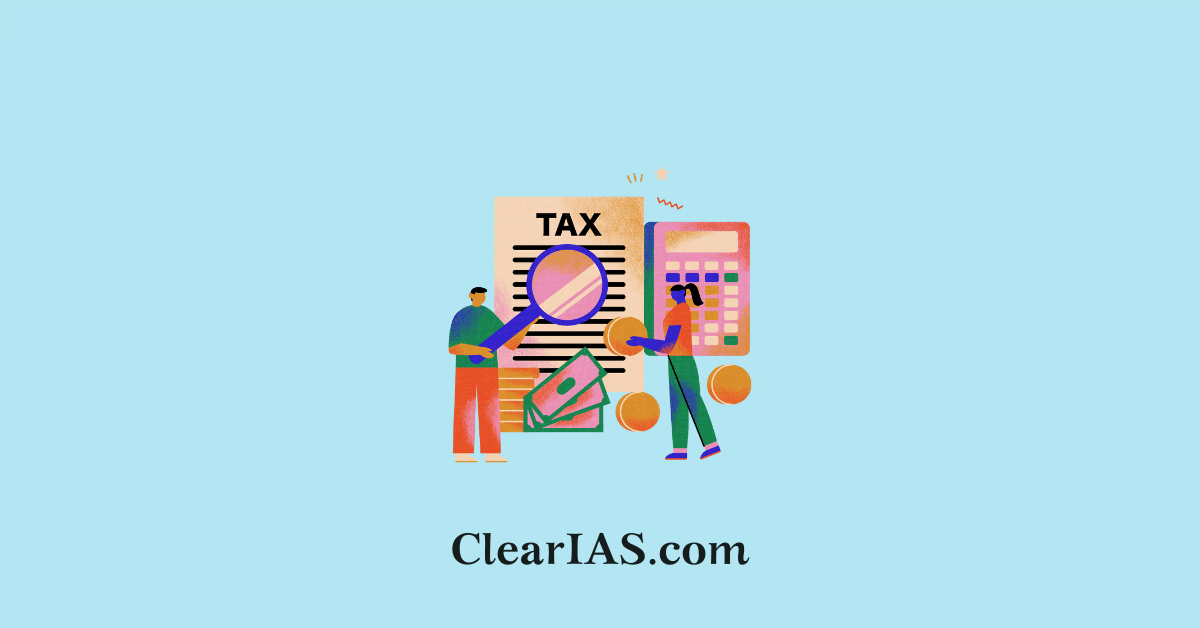
At its 56th meeting, the GST Council approved the landmark Next-Gen GST reforms 2025 aimed at making taxation simpler, fairer, and more growth-oriented. The move comes after Prime Minister Narendra Modi, in his Independence Day address, promised reforms that would ease the burden on the common man, farmers, MSMEs, women, youth, and the middle class while sustaining India’s long-term growth. Read here to learn more.
The Goods and Services Tax (GST), introduced on 1st July 2017, was India’s most ambitious indirect tax reform since Independence.
It merged multiple central and state levies into a unified system, creating a common national market, eliminating cascading of taxes, simplifying compliance, and improving transparency.
Over the past eight years, GST has matured through rate rationalisation, digitalisation, and widening of the tax base, becoming the backbone of India’s indirect tax framework.
GST Reform 2025: Simplified Two-Slab Structure
One of the biggest changes is the shift to a two-slab structure:
- 5% (essentials, agriculture, education, and healthcare-related goods and services)
- 18% (standard rate for most other goods and services)
Luxury and sin goods such as tobacco, pan masala, aerated drinks, high-end cars, yachts, and private aircraft will now be taxed at 40%, ensuring revenue neutrality while discouraging harmful consumption.
This reform removes the earlier 12% and 28% slabs, reducing disputes, easing classification issues, and simplifying compliance for businesses.
Housing and Infrastructure Boost
Revised GST rates on construction materials are expected to make homes more affordable and revive real estate demand:
- Cement: 28% to 18%
- Bricks, granite, marble blocks: 12% to 5%
- Wooden packaging, bamboo flooring, pallets: 12% to 5%
Lower costs in the construction sector will stimulate housing projects, infrastructure growth, and employment in allied industries.
Automobile Sector Rationalisation
The reforms streamline the classification of vehicles and auto parts, reducing disputes and encouraging production:
- Two-wheelers (≤350cc), small cars, buses, trucks, three-wheelers, and auto parts: 28% to 18%
This benefits both domestic consumers and India’s automobile exports, making vehicles more affordable while boosting the manufacturing sector.
Agriculture Sector Relief
The GST Council’s focus on farmers is evident in significant rate cuts on farm machinery and inputs:
- Tractors: 12% to 5%
- Harvesters, threshers, sprinklers, drip irrigation machines, poultry and bee-keeping equipment: 12% to 5%
- Bio-pesticides and natural menthol: 12% to 5%
These reforms reduce farming costs, encourage sustainable agriculture, and strengthen self-reliance by correcting inverted duty structures on fertilisers.
Healthcare and Insurance
Healthcare affordability has been given special attention:
- NIL GST: 33 life-saving drugs, diagnostic kits, and insurance premiums for life and health policies.
- 5% GST: Ayurveda, Unani, Homoeopathy medicines, spectacles, corrective lenses, oxygen cylinders, thermometers, surgical instruments, and medical devices.
This ensures wider access to affordable healthcare while supporting domestic pharma and medical equipment manufacturing.
Education and Students
To reduce the financial burden on families, education-related goods have been exempted or reduced:
- NIL GST: Notebooks, pencils, erasers, crayons, sharpeners.
- 5% GST: Geometry boxes, school trays, cartons.
This directly supports students and households, making education more affordable.
Services Sector
Lower GST rates will benefit hospitality, fitness, and wellness services:
- Hotel stays up to ₹7,500/day: 12% to 5%
- Gyms, salons, barbers, yoga services: 18% to 5%
This will revive demand in the hospitality and service industries, which are major employment generators.
Support for Artisans, Textiles, and Handicrafts
To correct anomalies and support rural livelihoods:
- Handicrafts, idols, paintings, dolls, toys: 12% to 5%
- Man-made fibres: 18% to 5%
- Man-made yarn: 12% to 5%
This ensures better competitiveness for Indian textiles in exports while reviving traditional handicrafts and artisan livelihoods.
Impact of GST Reforms 2025
The Next-Gen GST Reforms aim to create a virtuous cycle of growth:
- Lower prices lead to Higher demand, which leads to a Larger tax base, Stronger revenues, and Sustainable growth.
- MSMEs benefit from reduced input costs and smoother cash flows.
- States gain from a more predictable revenue system with improved compliance.
- Consumers enjoy cheaper essentials, healthcare, and insurance.
- The economy benefits from greater consumption, employment, and investment.
GST Reforms 2025: Before vs After Rates
| Sector / Item | Earlier GST Rate | New GST Rate (2025) |
| Household & Essentials | ||
| Soaps, shampoos, toothpaste, toothbrushes, tableware, bicycles | 12–18% | 5% |
| UHT milk, paneer, Indian breads | 5–12% | Nil |
| Packaged foods (namkeens, sauces, pasta, chocolates, coffee) | 12–18% | 5% |
| TVs (>32”), ACs, dishwashers | 28% | 18% |
| Housing & Construction | ||
| Cement | 28% | 18% |
| Marble, granite blocks, sand-lime bricks | 12% | 5% |
| Bamboo flooring, wooden packing cases/pallets | 12% | 5% |
| Automobiles | ||
| Two-wheelers (≤350cc), small cars | 28% | 18% |
| Buses, trucks, and auto parts | 28% | 18% |
| Agriculture | ||
| Tractors | 12% | 5% |
| Harvesters, threshers, sprinklers, and drip irrigation | 12% | 5% |
| Poultry & bee-keeping machines | 12% | 5% |
| Bio-pesticides, natural menthol | 12% | 5% |
| Services | ||
| Hotel stays (up to ₹7,500/day) | 12% | 5% |
| Gyms, salons, barbers, and yoga services | 18% | 5% |
| Textiles, Toys & Handicrafts | ||
| Man-made fibre | 18% | 5% |
| Man-made yarn | 12% | 5% |
| Handicrafts: idols, statues, paintings, dolls, toys | 12% | 5% |
| Education | ||
| Exercise books, pencils, crayons, erasers, sharpeners | 12% | Nil |
| Geometry boxes, school cartons/trays | 12% | 5% |
| Healthcare | ||
| 33 life-saving drugs, diagnostic kits | 12% | Nil |
| Other medicines (Ayurveda, Unani, Homeopathy) | 12% | 5% |
| Medical oxygen, thermometers, and surgical instruments | 12–18% | 5% |
| Medical/dental/veterinary devices | 18% | 5% |
| Spectacles, corrective goggles | 28% | 5% |
| Insurance | ||
| Life & health insurance premiums | 18% | Exempt (Nil) |
| Luxury & Sin Goods | ||
| Tobacco, pan masala, aerated drinks, luxury cars, yachts, and private aircraft | 28% (+cess) | 40% |
Conclusion
The GST Reforms 2025 mark a historic milestone in India’s tax journey. By simplifying the structure to just two slabs, reducing rates on essentials, rationalising anomalies, and exempting healthcare and insurance, the reforms strike a balance between ease of living, ease of doing business, and revenue growth.
With this, GST not only strengthens India’s economy but also deepens its social equity goals, ensuring that reforms reach the common man, farmers, workers, and MSMEs.
Source: PIB







Leave a Reply